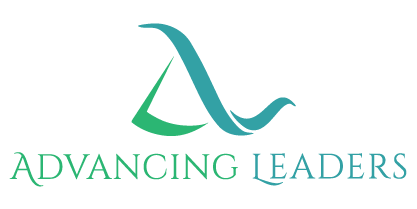Growing Trust
Trust is a reciprocal dance. Information gathered from experiencing one another is sorted, stored, and conclusions are drawn. They say that trust takes time to develop but can be shattered in minutes. Since trust is such a huge part of human interactions and certainly especially true in the workplace, it makes sense to understand what it’s all about and how to enhance trust in our relationships. Wouldn’t it be great to have a formula to rely on?
Thank you, Dr. Brenè Brown and her research team! What follows is the best definition of, formula for, and practical application of trust I have yet found (Brown: 2018). The acronym BRAVING breaks down trust into seven elements:
BOUNDARIES: Setting boundaries is making clear what’s okay, what’s not okay, and why.
RELIABILITY: You do what you say you’ll do. At work this means staying aware of your competencies and limitations so that you do not over promise and are able to deliver on commitments and balance competing priorities.
ACCOUNTABILITY: You own your mistakes, apologize and make amends.
VAULT: You do not share information or experiences that are not yours to share. I need to know that my confidences are kept, and that you’re not sharing with me any information about other people that should be confidential.
INTEGRITY: Choosing courage over comfort: it’s choosing what’s right over what’s fun, fast, and easy; and it is practicing your values, not just professing them.
NONJUDGMENT: I can ask for what I need, and you can ask for what you need. We can talk about how we feel without judgment.
GENEROSITY: Extending the most generous interpretation to the intentions, words, and actions of others.
WEEKLY CHALLENGE: Review the seven elements and find two to focus on this week. Ask yourself how you might improve on these two elements.
Supporting Your Success!
KJ

